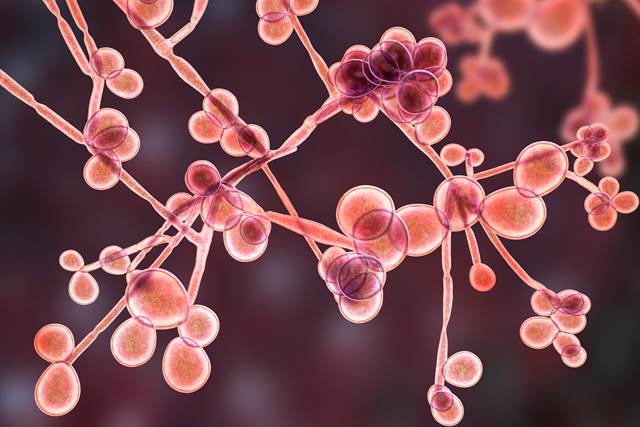CLSI Publishes Three New Editions of Antifungal Documents
8/24/2022

The Clinical and Laboratory Standards Institute (CLSI) has announced the publication of three new editions of antifungal documents: M57S—Epidemiological Cutoff Values for Antifungal Susceptibility Testing, 4th Edition, M27M44S—Performance Standards for Antifungal Susceptibility Testing of Yeasts, 3rd Edition, and M38M51S—Performance Standards for Antifungal Susceptibility Testing of Filamentous Fungi, 3rd Edition.
M57S includes epidemiological cutoff values (ECVs) and quality control tables developed following the guidance in CLSI document M57. These ECVs are valid only when they are developed in accordance with CLSI document M57 and when minimal inhibitory concentrations or minimal effective concentrations are generated according to the reference broth dilution methods described in CLSI documents M27 and M38.
M27M44S—Performance Standards for Antifungal Susceptibility Testing of Yeasts includes minimal inhibitory concentration, zone diameter, and quality control tables developed following the guidance in CLSI documents M27 and M44. The data in the tables are valid only when the methodologies in CLSI documents M27 and M44 are followed.
M38M51S—Performance Standards for Antifungal Susceptibility Testing of Filamentous Fungi includes minimal inhibitory concentration and quality control tables developed following the guidance in CLSI documents M38 and M51. The data in the tables are valid only when the methodologies in CLSI documents M38 and M51 are followed.
Users should replace previously published tables with the new tables in M57S, M27M44S, and M38M51S. Changes in the tables since the previous editions were published appear in boldface type.
"This is the result of two years of work by CLSI expert volunteers," said Philippe J. Dufresne, PhD, RMCCM, Vice-Chairholder of CLSI's Subcommittee on Antifungal Susceptibility Tests and member of the Working Groups on Antifungal Breakpoints and Antifungal Epidemiological Cutoff Values. "The new supplements include listings of yeast and mold species with known intrinsic (natural) resistance to antifungals for which testing is unnecessary. They also encompass much-awaited body site reporting recommendations for Candida spp. according to the site of infection and antifungals for tailored and better treatment guidance for clinicians. Lastly, 37 new epidemiological cutoff values (ECVs) have been published in M57S for yeasts of clinical importance with no antifungal breakpoints, including those for the emerging and multidrug resistant Candida auris."
For more information about M57S, M27M44S, and M38M51S, contact Joanne Christopher at jchristopher@clsi.org or +1.484.588.5907.
CLSI sets the standard for quality in medical laboratory testing. A not-for-profit membership organization, CLSI brings together the global laboratory community for the advancement of a common cause: to foster excellence in laboratory medicine.
For over 50 years, our members, volunteers, and customers have made CLSI a respected, transformative leader in the development and implementation of medical laboratory testing standards. Through our unified efforts, we will continue to set and uphold the standards that drive quality test results, enhance patient care delivery, and improve health care around the world.
By using CLSI standards, laboratorians can improve process quality, speed the development of standard operating procedures, and implement safer practices with greater ease and efficiency.
